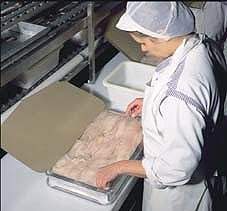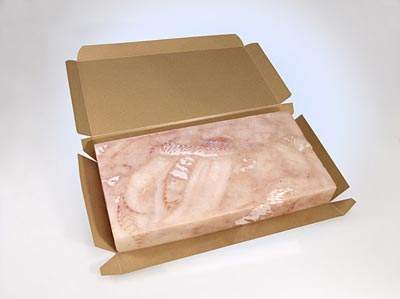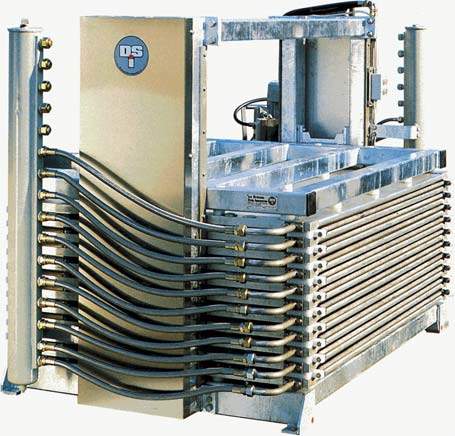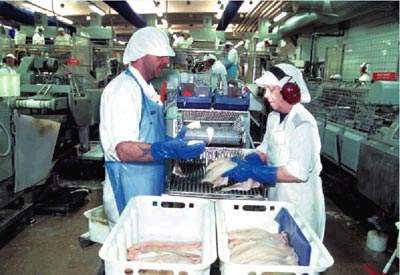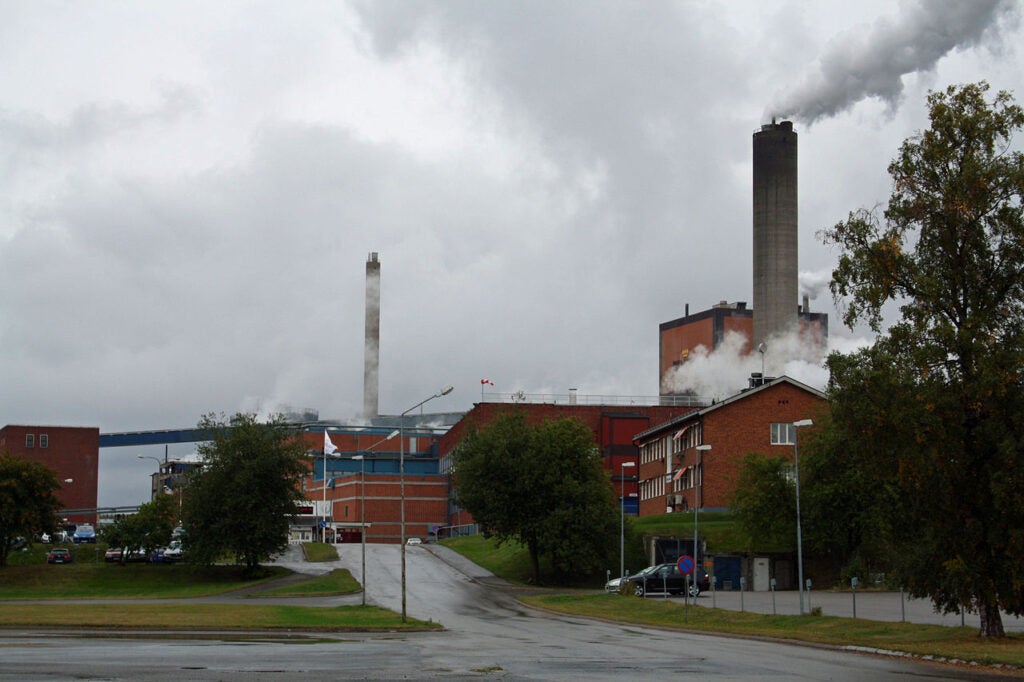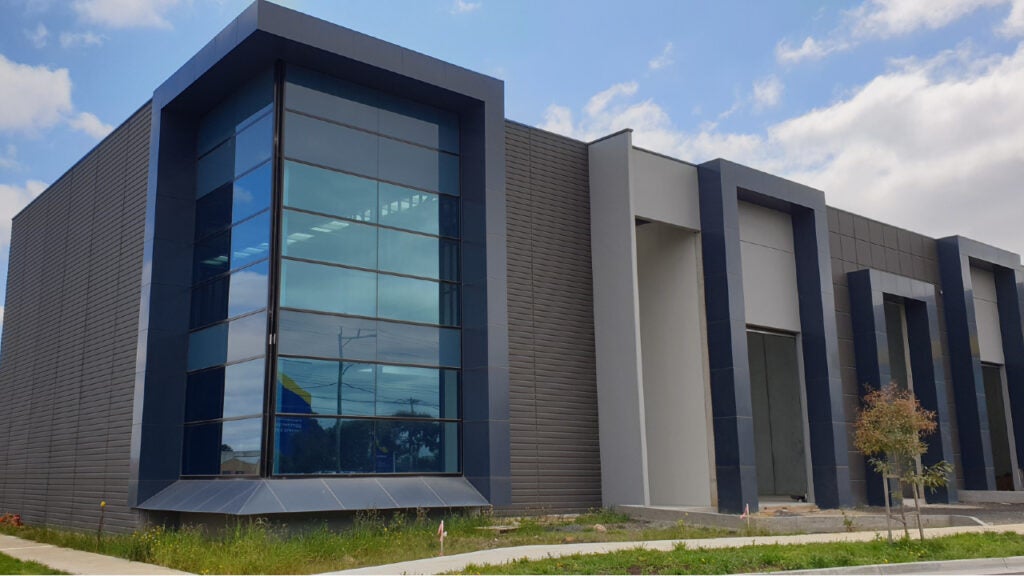Peterson Beck is in the process of investing more than €6.5 million in new technology at its plant in Rønne, Bornholm, Denmark. The new investment into new equipment and expansion is scheduled to be complete by 2007.
The highly profitable fish block liner manufacturing operation is owned by the Peterson Group, Norway’s leading fibre-based packaging group. This company has a relative monopoly over the fish block liner market; their products can be found in use all over the world wherever fish is packed by the frozen block method.
Peterson Beck plans to invest in a variety of new manufacturing equipment to expand production, including printing, moulding and drying equipment. The Bornholm plant, with its cartons fitted with aluminium frames, holds 70% of the world market for packaging for block-frozen fish. Peterson Beck manufactures 50 million boxes of fishblock liner every year. The fish block liners produced are ISO9002/HACCP certified.
In autumn 2004 Peterson Beck was sold and changed ownership; despite this upheaval the investment in new equipment is continuing. A consortium of local Danish companies bought Peterson Beck and is very focused on further development of the company. This development could include new products in the years to come that can give customers better solutions within block packaging of fish, surimi, poultry and vegetables.
The Peterson Beck expansion programme is based on information about the increase in world food production. UN reports estimating that global food production will double by 2020. This increase in food production will mean a similar increase in the quantity of packaging required for distribution of the food.
FOUR-COLOUR PRINTING MACHINE
Peterson Beck acquired a flexographic printing machine in 2004 that allows the company to offer complex designs in four-colour print on customer’s cartons. The print quality is comparable with the more traditionally offered, and somewhat more costly, offset printing.
Peterson-Beck’s Carepack® liners are delivered machine-pre-folded and blue-poly-wrapped in units of 100 cartons, complete with printed design or logo.
Flexographic printing is a method of moulding polymer plates with the desired print and then wrapping them around cylinders. Quick drying ink is then rolled onto the plates, which transfers the ink onto the fishblock liner material prior to converting. Flexographic printing plates are relatively inexpensive and the process may be performed at high speeds during large runs. Printing can also include barcodes if required for traceability.
FISH BLOCK LINER MANUFACTURE
The quality of fish blocks depends, to a large extent, on the cartons (liners) in which the fish products are frozen. The purpose of the cartons is to protect the fish blocks from the time of packing until the cartons are removed from the frozen fish blocks. The effect of the cartons on the product quality is vital.
The cartons must be cut into the right dimensions with the right shapes of the corners to suit the frames and to allow easy folding. It is important to observe that the carton must be at least 1mm higher than its frame to obtain a certain pressure on the carton during freezing.
The cardboard thickness of the carton is a compromise between two conflicting factors; it must be thick enough for the packing process and to protect the fish blocks against damage from the outside, but it must not be so thick that the freezing period is extended due to the insulation property of the carton.
The paraffin coating on the outside of the cartons has to be absolutely tight to prevent dehydration of the product. Also, during the block ejection process, the coating has to allow easy separation from the frames without any damage to the cartons and in such a way that no cardboard residuals are left on the frames. Moreover, the cartons / coating must remain unaltered by heat if plastic shrinkage packing is used instead of corrugated cardboard master cartons.
The coating of the inner surface of the cartons must give the fish blocks a completely smooth surface, with an absolute minimum of air pockets. The coating must also facilitate the removal of the cartons from the fish blocks and assure that no cardboard pieces remain on the fish blocks. At the same time, however, the cartons must stick to the fish blocks to prevent dehydration and freezing burns. Moreover, the inner surface must have a sufficient porosity to absorb the humidity necessary to protect the fish blocks against dehydration during storage.

